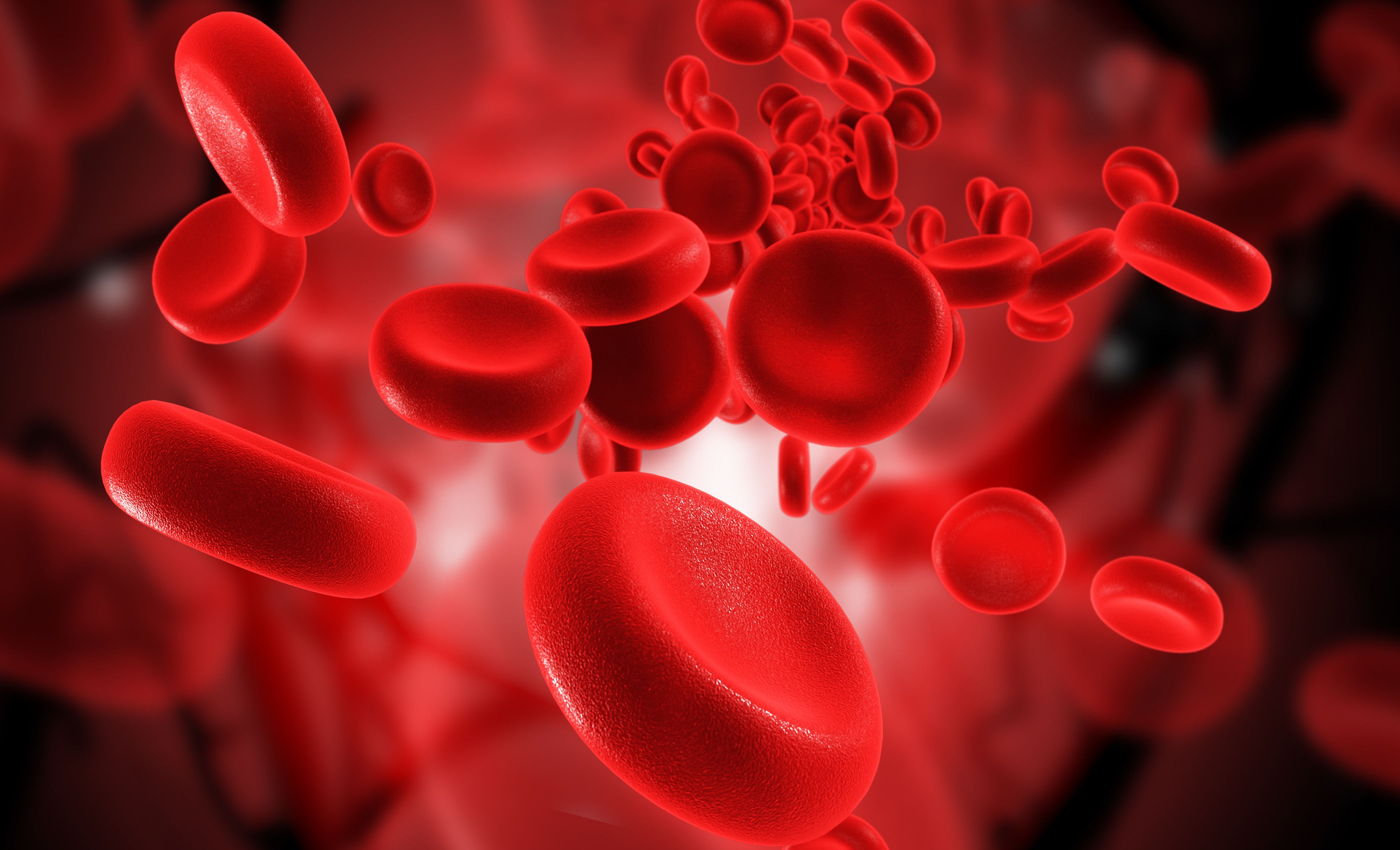Accurate Identification of Inflammation in Blood Based on Laser-induced Breakdown Spectroscopy Using Chemometric Methods
Researchers have developed a rapid and accurate method for identifying inflammation in blood using laser-induced breakdown spectroscopy and advanced chemometric methods.
A breakthrough study conducted by researchers from Beijing Institute of Technology and Capital Medical University in Beijing, China, has proposed a novel approach for the accurate identification of inflammation in blood. This work was published in the journal Spectrochimica Acta Part B: Atomic Spectroscopy (1). The researchers employed laser-induced breakdown spectroscopy (LIBS) combined with chemometric methods to develop a rapid and precise diagnostic technique.
blood cells | Image Credit: © abhijith3747 – stock.adobe.com

Most of the time, diagnosing inflammation in blood involves multiple medical examinations and heavily relies on the experience of healthcare professionals, leading to a significant margin of error. This complexity and time-consuming process inspired the team to explore a more efficient solution.
In the study, serum samples were collected from 10 healthy individuals and 10 patients with inflammation in their blood (1). These samples were divided into training and test sets, with a ratio of 7:3. To ensure the reliability of the division, the Wilcoxon test was utilized to exclude significantly different divisions.
Using 10 randomly selected divisions, the researchers built backpropagation neural network (BPNN) models for substrate optimization. Among various substrates tested, glass slides exhibited the best performance, achieving an average accuracy of 80.87%. To further enhance accuracy, the team employed a multiplicative scatter correction–mean impact value–backpropagation neural network (MSC–MIV–BPNN) model in conjunction with glass slides. The best division of training and test sets achieved an impressive accuracy of 93.00%.
The MSC–MIV–BPNN model utilized in the study incorporates the multiplicative scatter correction (MSC) technique to eliminate unwanted variations caused by scattering effects, ensuring more reliable data analysis. Additionally, mean impact value (MIV) analysis was employed to select the most informative features from the spectra, focusing on key information that significantly contributes to identifying inflammation. Then, these selected features were fed into a backpropagation neural network (BPNN), a powerful artificial neural network known for its capability to learn and make predictions based on complex datasets. By combining these techniques, the MSC–MIV–BPNN model optimizes the identification process, resulting in improved accuracy in distinguishing blood samples with inflammation from healthy samples.
To validate the effectiveness of the improved model, the same features were selected from other divisions of training and test sets to build new MSC–MIV–BPNN models. The results showed that all the divisions achieved accuracies 4.67–16.33% higher than the original BPNN models. Additionally, the validation time for each division was approximately 0.7 s, highlighting the rapidity of the diagnostic process.
These findings demonstrate that LIBS combined with the MSC–MIV–BPNN model holds significant promise for accurately and rapidly identifying inflammation in blood samples, particularly in emergency situations. The researchers envision this technique to have far-reaching implications for improving healthcare outcomes by providing timely and precise diagnoses.
The team is optimistic that their research will contribute to the development of advanced medical diagnostic tools, ultimately benefiting patients and healthcare professionals alike. Further studies are planned to validate the findings on larger patient cohorts and explore potential applications in other areas of medical diagnosis.
Reference
(1) Zhao, Z.; Ma, W.; Teng, G.; Xu, X.; Wei, K.; Chen, G.; Wang, Q. Xu, W. Accurate identification of inflammation in blood based on laser-induced breakdown spectroscopy using chemometric methods. Spectrochimica Acta Part B: At. Spectrosc. 2023, 202, 106644. DOI: 10.1016/j.sab.2023.106644
Laser Ablation Molecular Isotopic Spectrometry: A New Dimension of LIBS
July 5th 2012Part of a new podcast series presented in collaboration with the Federation of Analytical Chemistry and Spectroscopy Societies (FACSS), in connection with SciX 2012 — the Great Scientific Exchange, the North American conference (39th Annual) of FACSS.